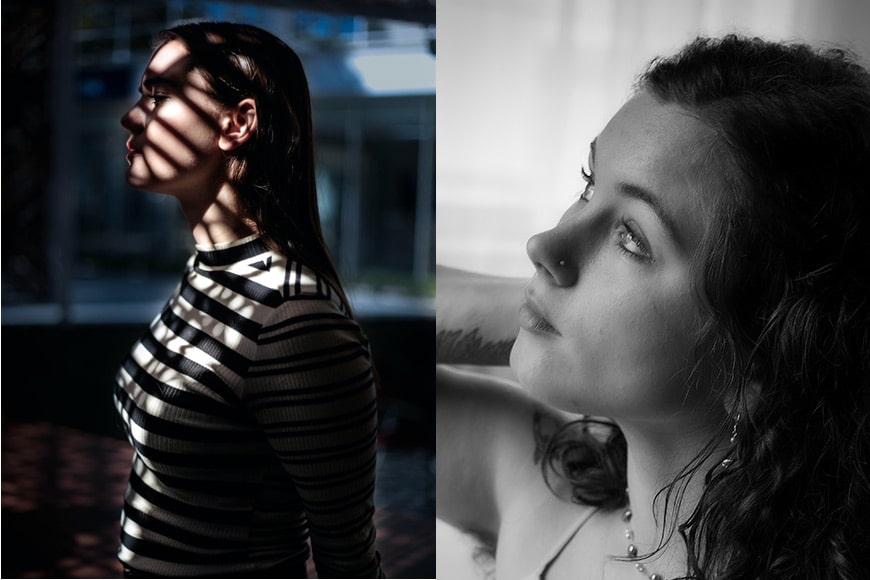
UNDERSTANDING THE BASICS OF HARD AND SOFT LIGHTS
Most people define light as an electromagnetic radiation visible to the human eye. This is a cliche answer they give when asked to explain the term. The truth is majority of people who give this answer do not understand and cannot fully explain what it means. For me, the easiest way to define light is as Merriam Webster defined it as ‘something that makes vision possible’. As a filmmaker, it will be difficult if not impossible to navigate your way without an understanding of the various types of light, when and how to use them as well as effects of these light on a subject/object. For the purpose of this post, we would be looking at the two main types of lights .i.e the Hard and Soft light.
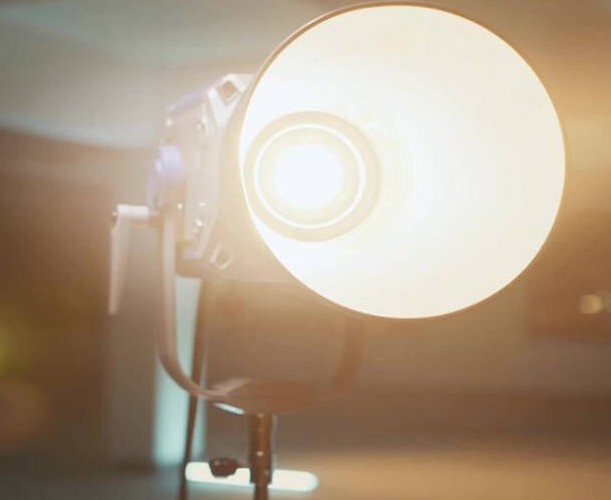
HARD LIGHT
They are often strong, bright and undiffused light sources that casts harsh and well defined shadows with a very abrupt transition from the highlights to shadows. A good example of a hard light source is a HMI light. Imagine how bright, harsh and strong a 4k HMI light will be if pointed on a subject or object; imagine the shadow that subject or object will cast on the background! You will agree that the shadow will be precise and the transition from light to dark will be abrupt. The high-contrast nature of hard light creates a strong sense of drama and gives your pictures an edgy, gritty look.
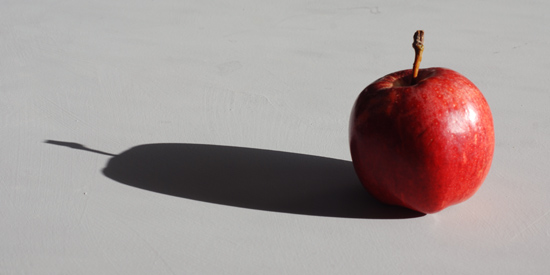
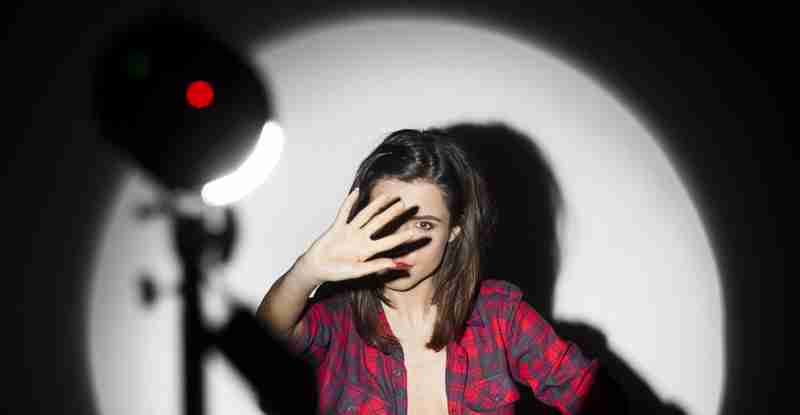
SOFT LIGHT
It is the very opposite of a hard light. As the name implies, it is a usually diffused light source that hardly cast shadow on the subject/object. When lighting with a soft light we notice that unlike the hard light, the transition from light to dark is gradual, even and sometimes unnoticeable. Soft lights can also be called diffused light. A good example is a 100w led light with a softbox attached to it and bounced on a subject/object. You will agree that because of the softbox, the intensity of the light will be cut down and the spread, more even. Also, the subject/object will appear more natural-looking warm, welcoming, and friendly.
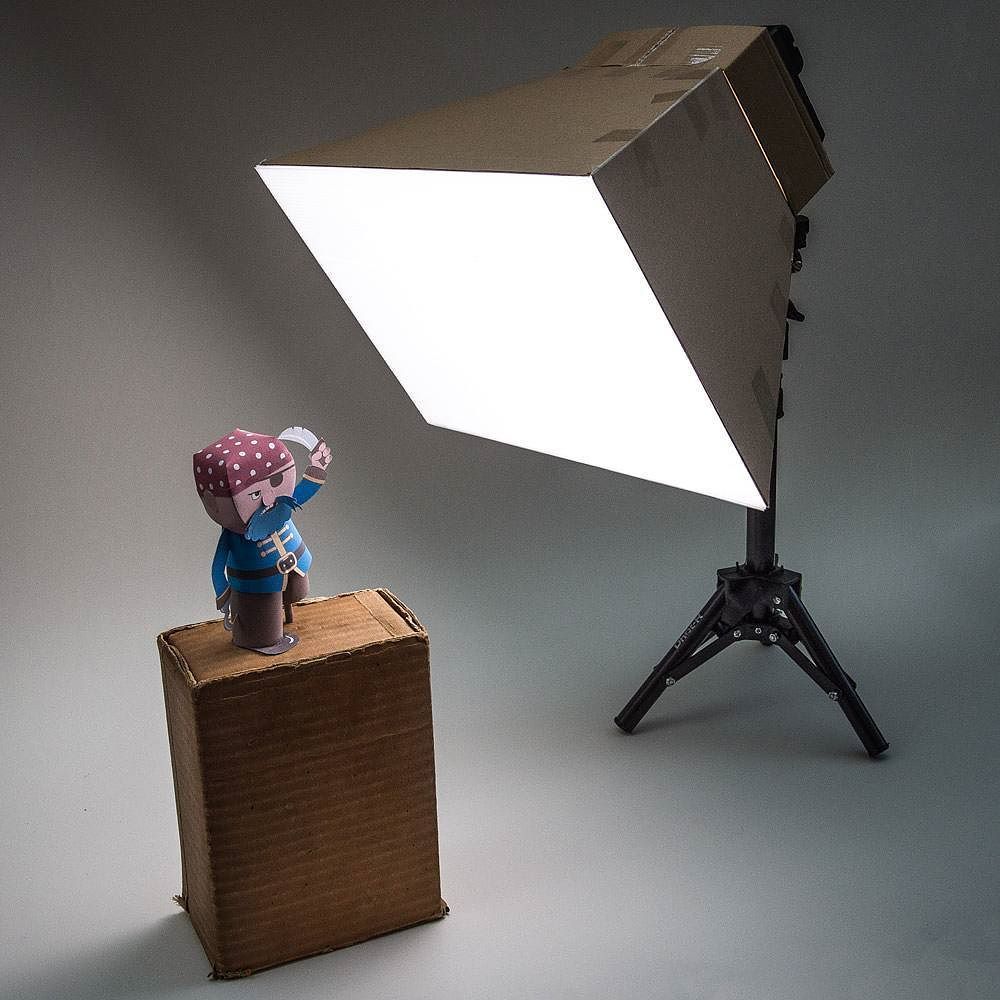
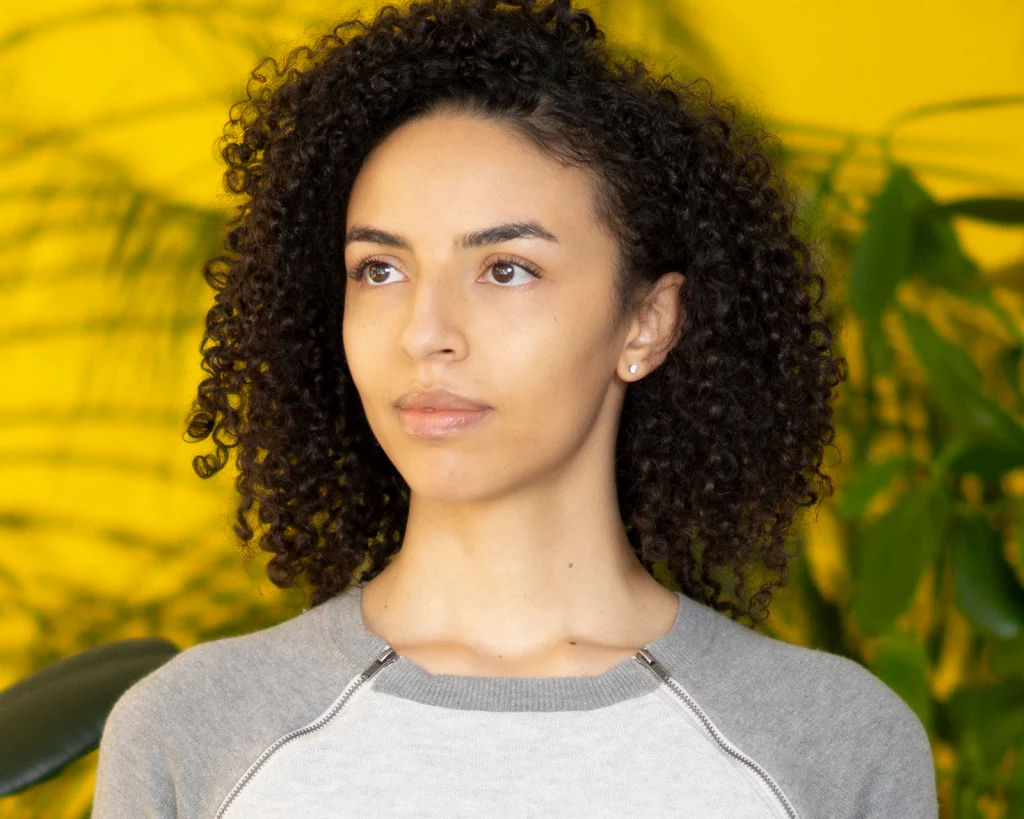

A hard light is useful for creating a dark, dangerous, dramatic or mysterious mood, both in photography and in film. The downside of this kind of lighting is that it accentuates imperfections on the subject/object. The hardness or softness of a light depends majorly on three features of the light source. First, the size of the light surface, its distance from the subject/object and the thickness of the diffusion placed in front of the light. A large, distant light source with thick diffusion material will produce softer lighting than a smaller light source placed closer to the subject/object, with thinner diffusion material. Lets go all out and experiment with these light sources and diffusion materials ourselves!
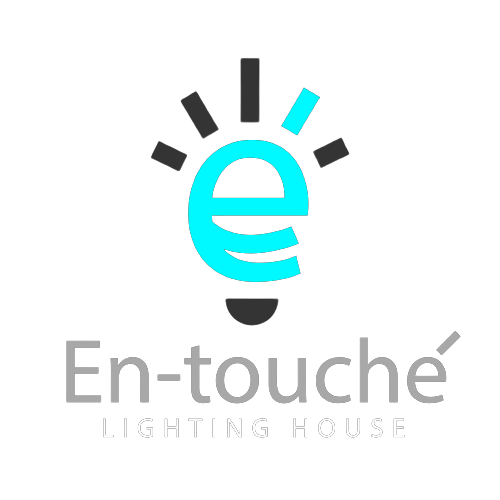
3 comments